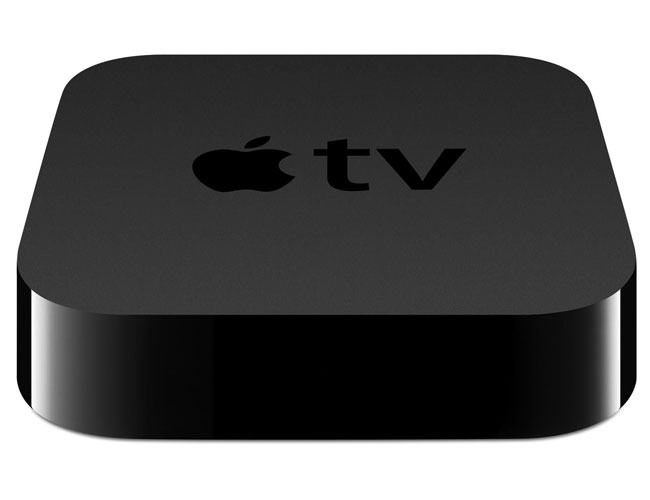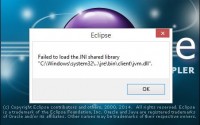09 Jun 2014
How to fix Rasberry Pi issues – solid red light no green flash
I recently unpacked one of my two year old Rasberry Pis only to find it wouldn’t boot. The red light came on – stayed solid and nothing else happened. The green light wasn’t flashing like normal. Turns out it was a dodgy disk image. I found the guide below very useful in troubleshooting this.
Red power LED is on, green LED does not flash, nothing on display
Note: A faintly glowing steady green LED means no boot code has ever been executed, as almost the first thing the boot code does is to turn the faint glow off! When flashing/blinking the green LED should be as bright as the red LED.
- The Raspberry Pi cannot find a valid image on the SD card. Turn the board over to check that the card is inserted correctly; the insertion force is much larger than for some laptops.
- Check that you have correctly written a Raspberry Pi image to the card by using a MAC or PC and browse for the following files:
- bootcode.bin
- fixup.dat
- start.elf amongst others
- Did you have admin rights when you used the SD-card writer software? Without it the software might go through the motions without actually doing anything!
- Older images do not load boot code for revB boards with the Hynix chip. Use release 2013-02-09 (?) or later. (I observe a single blip on the green activity LED)
- It is also possible that the image you are writing to the card is corrupt, as downloads do occasionally end up corrupted or truncated. You can check with a checksum utility to verify the integrity of the download.
- The SD card may itself have an issue. See Known SD Cards.
- Try with no cables connected except the USB power lead, and SD card inserted. You should see flashing of the OK light for ~20 seconds. If that helps, plug in cables one at a time to identify which is interfering with boot.
- Confirm the USB cable is properly seated in the power slot. The red power LED does not necessarily mean it is fully connected.
- The voltage is too low (below 5 V), try a different power supply and/or cable. The R-Pi needs a supply rated for 700 mA or more. Some supplies labeled as such cannot actually provide their rated current while maintaining 5V. See also,#Troubleshooting_power_problems.
- There may be a bug in the distributed version of bootcode.bin which causes problems with some sdcards. Try this version: https://github.com/raspberrypi/firmware/blob/234c19de7cbaaf4997671d61df20a05759066295/boot/bootcode.bin. Please let us know if it “fixes” your non-working SD card (or, more importantly, if it doesn’t). This can also manifest itself as intermittent booting, or only booting when cold.
- (unlikely) hardware abuse, for example by connecting a 7 V supply to a 3v3 GPIO output pin[2] or powering up the board after a solder splash shorts some traces[3].
- Look at the SD card holder on the Raspberry Pi carefully. At first glance it may look fine but the contacts must be springy and they must protrude at least 2mm as measured from the lower edge of the holder to the top of the contact bulge. This happens due to the solder process and the type of holder used. Some of the solder residue falls into the contact cavity restricting the springiness and the height that the contact protrudes. You can fix this yourself but remember you can void your warranty. The contacts are delicate so be carefull. Insert a needle pin under the contact bulge and pull lightly up until the one end of the contact unclips. Clean the cavity where the contact unclipped from of any solder or other residue by blowing into the cavity. Clip the contact back into the cavity by lightly pushing it into the cavity. Do this for all the contacts. Look at these photos. Media:SDcardHolder.JPG, Media:UnclipContact.JPG, Media:UnclippedContact.JPG
- Ensure that when your SD Card is fully inserted that the longer metal spring contacts (one clearly visible on the end of the slot, and one hidden in the side nearest the power connector) are closed. These are used to detect the presence of an SD Card therefore if no contact is made then the Raspberry Pi won’t attempt to access the the card.
- Check carefully for any cracks or damage to the SD Card slot, if the sides are damaged then the card may not be making proper contact with the pins (can usually confirm this if your Raspberry Pi boots if you manually hold the SD Card in position). For ways to resolve this, see PiHardware – SD Card slot fixes for more info.
- If for whatever reason the main polyfuse F3 has been overheated previously it may happen that it hasn’t completely recovered, in which case, if you turn the PI on, a considerable amount of energy from the power supply is lost in the fuse and doesn’t reach the PI. Try if the polyfuse seems hot. For this problem too read #Troubleshooting_power_problems.
- Some problems have been reported if the ambient temperature is low that might be related to micro-fractures, fissures in solder or other issues. Try warming the Raspberry Pi with a hair dryer for just a few seconds (do not use excessive heat or you may cause irreversible damage!) and reconnect the power. Check this video http://www.youtube.com/watch?v=AwF6v-4NFdg



Thanks for this. Have been struggling with this on and off for ages and you’re mention of the low level Green light convinced me it wasnt the Pi. A crack in my SD card casing meant the connection between the card and the Pi wasn’t happening all the time as the Pi has nothing on top of the SD card to keep it pressed down, but it was fine in a PC (as the reader covered the top of the cracked card).
Many thanks!
The issue is with Windows automatically formatting SD cards that are over 32 Gb into “exFAT” file system instead of “FAT32” format, as required for Raspian.
I found a solution that was proposed by Ridgecrop Consultants Ltd and demonstrated in the following video:
“Raspberry Pi For Beginners: formating an SD Card as FAT32 over 32gb”
https://www.youtube.com/watch?v=pw2duiZOkZY
Step 1: Run SDFormatterv4 as usual,
Step 2: Download “guiformat.exe” from the following website:
http://www.ridgecrop.demon.co.uk/index.htm?guiformat.htm
Step 3: Run “guiformat.exe” and done.
what if the green light is solid with no sd card what do I do then?